The white-lipped peccary (Tayassu pecari), a hairy, pig-like mammal that once lived throughout the forests of Central and South America, now only skitters around in 13 percent of its former range, according to a report released in November 2018.
More than two-thirds of white-lipped peccary populations are on the decline, said scientists who met to discuss the future of the species in an August 2016 meeting in Belize City, Belize.
That’s concerning, they warn, because peccaries are sensitive to hunting and deforestation. Thus, their disappearance could be a harbinger of the future loss of other wildlife.
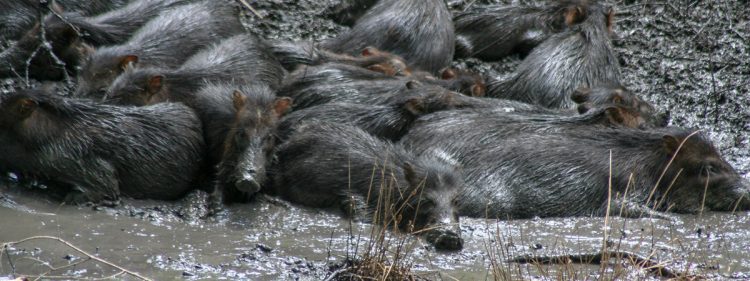
“No species represents the plight of the forests like the white-lipped peccary, which is now teetering at the edge of existence due to habitat loss and hunting,” Jeremy Radachowsky, an ecologist who directs the Wildlife Conservation Society’s Mesoamerica program and participated in the assessment, said in a statement.
“We need to take immediate action to save Mesoamerica’s last wild places and their incredible wildlife.”
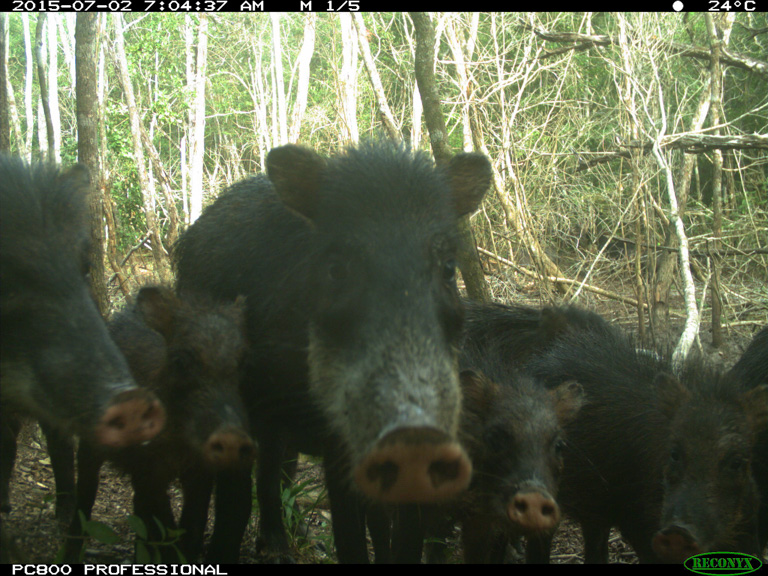
The researchers, from the seven countries that still have white-lipped peccaries as well as the United States, surveyed biologists in their respective countries regarding the status of local white-lipped peccary populations. They then shared their findings with their colleagues in Belize, summarizing them in the November report.
The results suggest that the animal’s current status as vulnerable on the IUCN Red List should be changed to endangered, according to the assessment. In Mexico and parts of Brazil, it’s already treated as an endangered species under the law.

White-lipped peccary numbers are holding steady in only four locations, the researchers found. In one place, the Maya Mountains of Belize, the population is actually growing.
Elsewhere, in Costa Rica, Guatemala, Honduras, Nicaragua, Panama and Brazil, most populations are dwindling. (Scientists aren’t sure how several populations in Belize and one in Mexico are doing.) Ranching and farming have chewed through large tracts of forest, and roads pave the way for new settlements.
They also aid hunters in penetrating the difficult habitats, ranging from the dense forests of the Amazon to the thorny scrub of the Gran Chaco, where white-lipped peccaries live.
“Mesoamerica is home to five great forests and still harbors a miraculous spectrum of magnificent wildlife,” Radachowsky said. “However, these forests and their wildlife are at grave risk.”
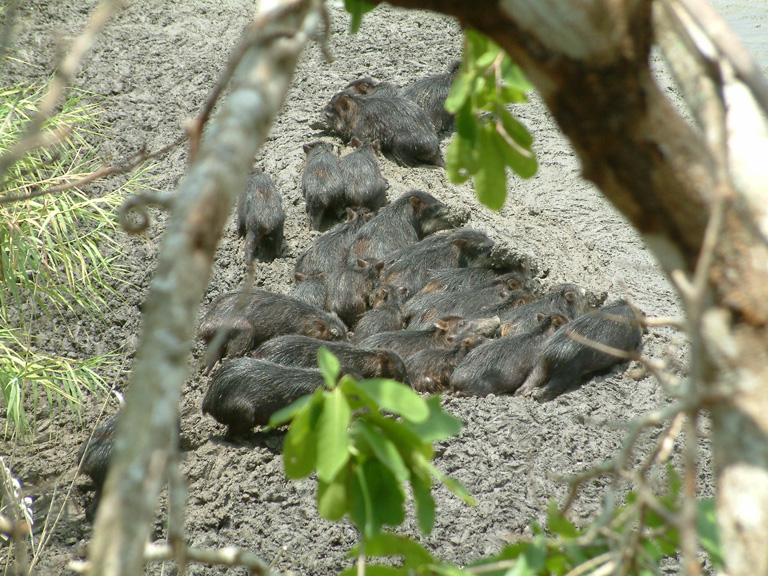
The scientists involved say the report could guide governments and indigenous and local communities in protecting the remaining peccary habitat — and not just for the benefit of one species.
They argue that the presence of white-lipped peccaries in a landscape is a sign that conservation efforts are working, since the species requires large stretches of intact forest to survive. And by protecting peccaries, land managers would also be securing the future of other mammals, such as Central American tapirs (Tapirus bairdii), jaguars (Panthera onca) and mountain lions (Puma concolor).
What’s more, peccaries play important ecological roles, and some scientists postulate that they’re ecosystem engineers.
“This amazing animal turns the soil, feed large cats and controls seedling growth, actually enhancing the diversity of the whole forest,” Rafael Reyna-Hurtado, a biologist at Mexico’s El Colegio de la Frontera Sur and the report’s lead author, said in the statement.

But the researchers, all peccary experts who have spent countless hours tracking herds that can number up to 300 animals through rugged terrain, also argue that we should protect white-lipped peccaries for their own sake.
“No other animal in the world moves through forests in such large groups,” Reyna-Hurtado said. “If we save it from extinction we not only protect the forest, we give our children the chance to witness a wild herd marching in a single file through the forest foraging for food, even escaping from a jaguar, just as they have done for thousands of years.”
Citations
Beck, H., Thebpanya, P., & Filiaggi, M. (2010). Do Neotropical peccary species (Tayassuidae) function as ecosystem engineers for anurans? Journal of Tropical Ecology, 26, 407-414.
Keuroghlian, A., Desbiez, A., Reyna-Hurtado, R., Altrichter, M., Beck, H., Taber, A. & Fragoso, J.M.V. (2013). Tayassu pecari. The IUCN Red List of Threatened Species 2013: e.T41778A44051115.Downloaded on 20 December 2018.
Reyna-Hurtado, R., Radachowsky, J., Mcloughlin, L., Thornton, D., Moreira-Ramírez, J. F., García-Anleu, R., … Polisar, J. (2018). Rapid Decline of White-lipped Peccary Populations in Mesoamerica.
This article was first published by Mongabay.com on 20 Dec 2018.

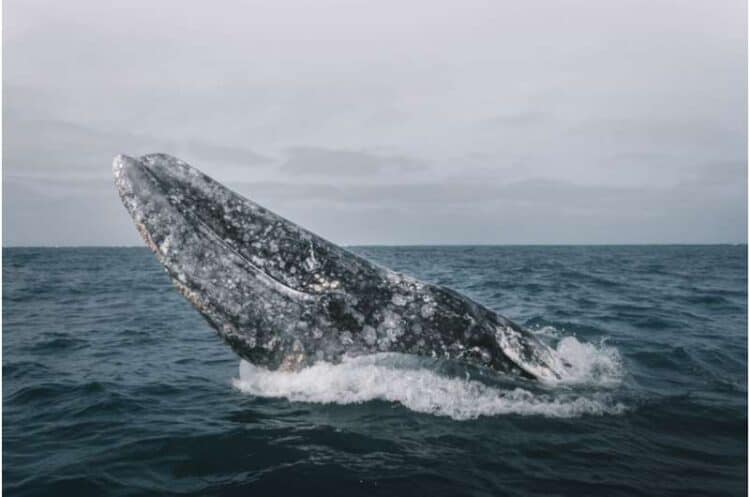
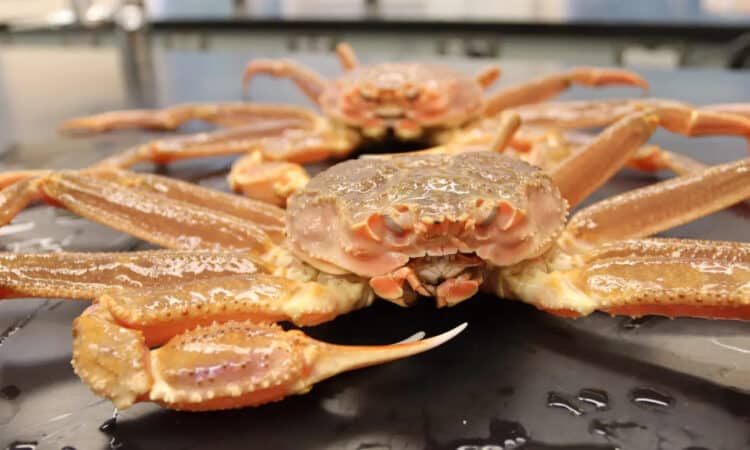

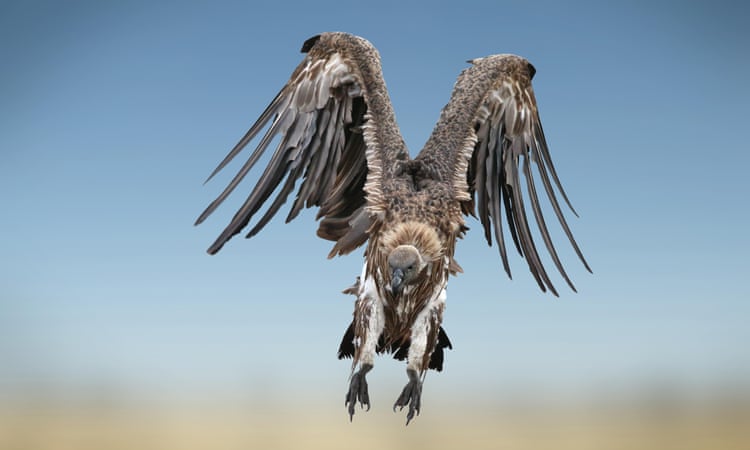
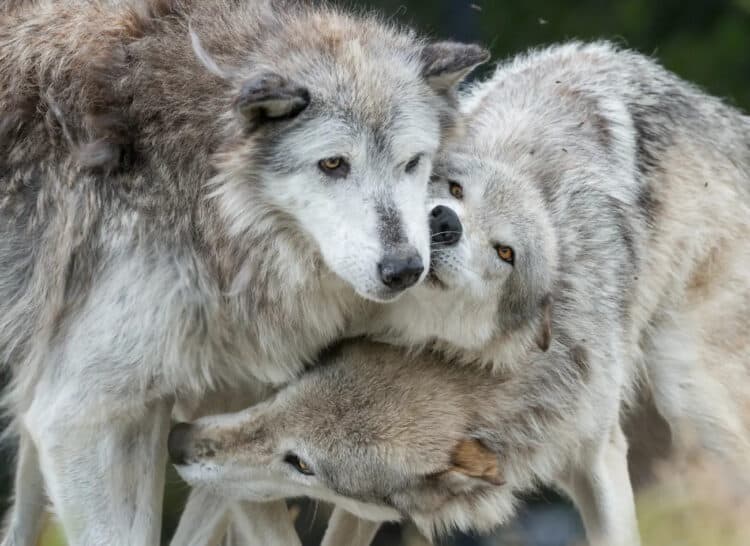
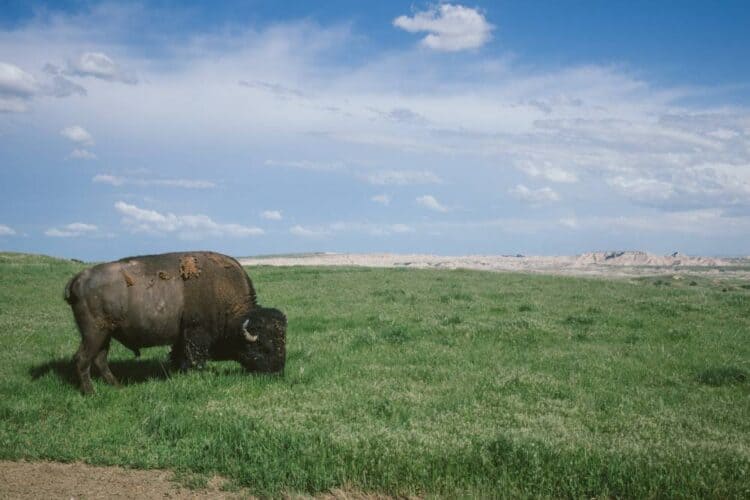
Leave a Reply